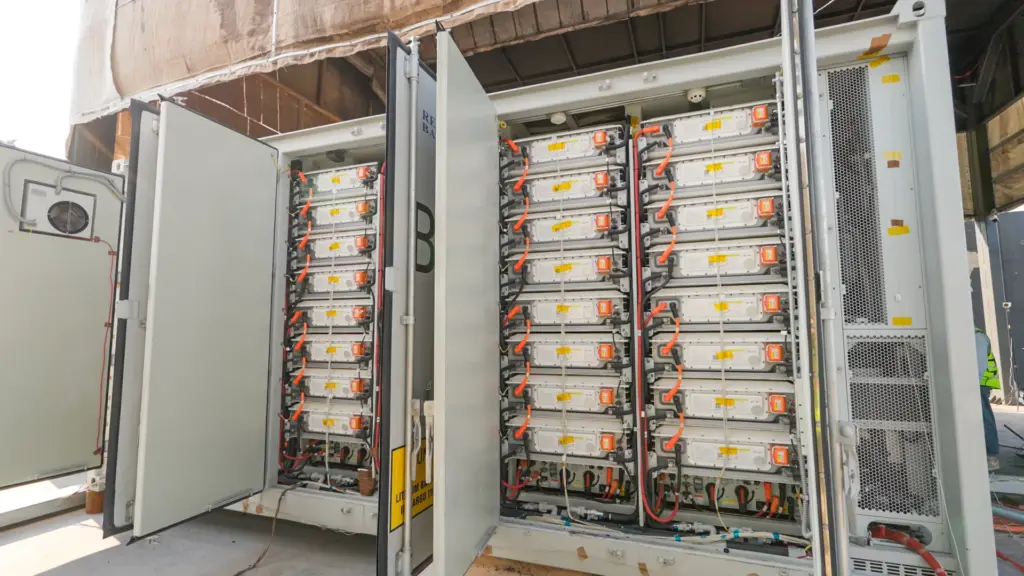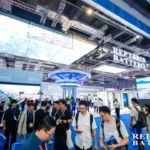Against the backdrop of frequent global energy storage safety accidents, REPT BATTERO has refreshed the industry’s understanding of safety through an “extreme survival test” — its 5MWh energy storage battery cabinet recently passed the most stringent large-scale fire test in the industry. It burned continuously for 14 hours in a fully charged state, successfully preventing the spread of thermal runaway, and was certified by CSA and fire protection experts. This test simulated 5 types of composite fire scenarios for the first time, setting a new benchmark for the safety design of energy storage systems.
Fire technical witness audit experts specifically noted: “REPT BATTERO’s testing apparatus is engineered to simulate the harshest fire scenarios with maximum fidelity. To this end, the company has integrated multiple core standards, including the latest edition of CSA/ANSI C800:25, NFPA 855, and UL 9540A, ensuring the implementation of the most rigorous testing protocols currently available in the industry.”
Extreme Test Conditions
· 5MWh Containers fully charged, burned by five types of flames for 14 hours
In energy storage system testing, using a fully loaded and fully charged battery compartment represents an extremely rigorous condition. In this state, the battery stores the maximum energy and exhibits the highest chemical activity. In the event of thermal runaway, the released energy is most intense, significantly increasing the risks of fire spread and damage to surrounding equipment. By choosing to conduct fire tests under this extreme condition, REPT BATTERO aims to realistically simulate catastrophic accident scenarios and stringently validate the passive safety capabilities of its products.
At the start of the test, ignition was triggered by means of internal heating combined with external propane flame injection, with both internal and external heating sources applied continuously to attack the battery module. It was not until after approximately 3 hours of such ignition triggering efforts that the battery module began to sustain combustion on its own.
During the test, 5 MWh of energy stored in nearly 5,000 batteries was completely released, with the combustion process lasting approximately 14 hours. The triggered compartment was simultaneously subjected to five categories of flame exposure, covering Class A (solid materials), Class B (liquids/molten substances), Class C (gases), Class D (metals), and Class E (energized equipment) fires. Concurrently, adjacent compartments remained continuously exposed to high-temperature flames. This test design is intended to evaluate the ultimate tolerance of energy storage equipment when facing the harshest composite fire scenarios.
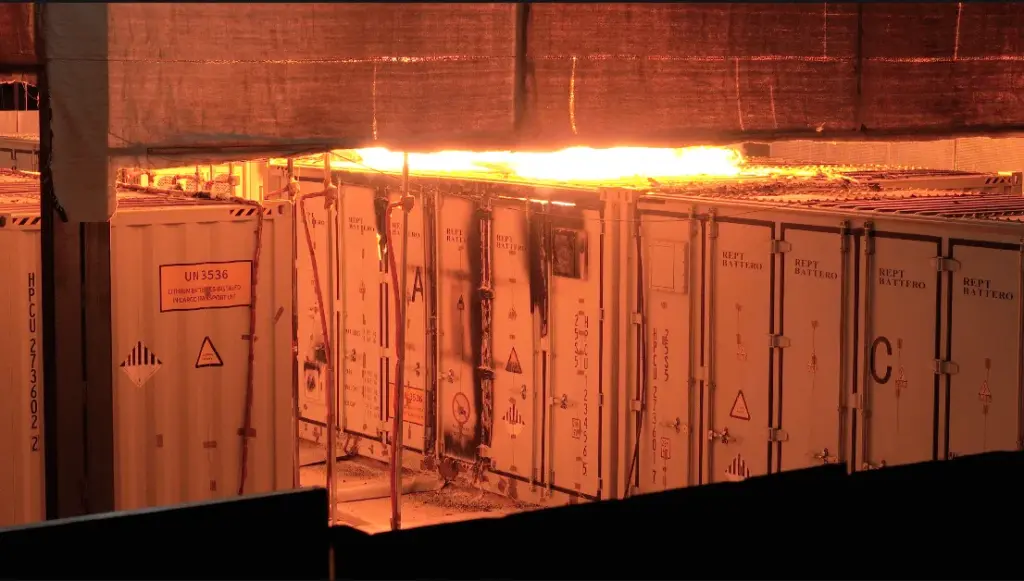
· Bilateral extreme spacing of 10 cm
Devices in a four-unit parallel “side-by-side, back-to-back” layout had spacing between primary fire container(A) and adjacent back(B)/end (C) containers compressed to 10 cm—increasing “chain fire” risks. At this range, combustion energy affects adjacent BESS containers via thermal radiation/conduction, potentially causing runaway spread. REPT BATTERO’s Powtrix® BESS container successfully prevented fire spread: the primary fire container flames reached 1,380°C, internal cells of the nearest adjacent module <57°C (safe range). This test ensures adjacent equipment safety in dense layouts, reducing accident escalation risks.

· Back container fully loaded/charged, minimal heat dissipation
Considering the actual deployment scenarios of energy storage equipment, REPT BATTERO team installed the back adjacent container in a fully loaded, fully configured, and fully charged state. This approach aims to subject the test object—closest to the flame with the largest heat-receiving area—to the most dangerous conditions of maximum stored energy and worst heat dissipation, simulating the harshest operational stresses.
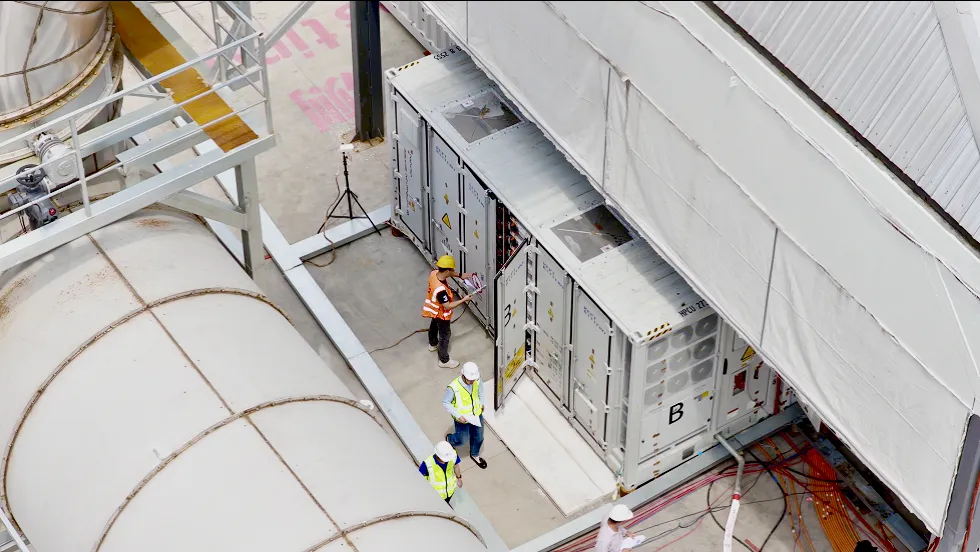
· Fire suppression removed for passive safety bare testing
To perform the most rigorous safety risk assessment of REPT BATTERO’s Powtrix energy storage battery compartment under actual combustion conditions, the team pre-removed both in-module and integrated fire suppression agent tanks, deactivated the water-based fire protection system, and retained only fire detection and alarm devices. The test was designed to rely exclusively on the battery compartment’s inherent passive safety design to withstand fire challenges.
This “de-activated” testing logic realistically simulates extreme scenarios where fire protection systems have failed or been compromised, enabling independent validation of the energy storage product’s passive safety capabilities. The test confirmed that even without active fire suppression devices, the product’s own protective measures can effectively contain disasters within the minimum extent.
Notably, the test also emphasized the reliability verification of the fire detection and alarm system. During the actual combustion process, the in-compartment alarm devices remained fully operational throughout, with continuous audible and visual alarm signals—their operational duration far exceeded standard requirements. This effectively mitigated the failure risk of alarm devices being destroyed and losing functionality in the early stages of a fire.
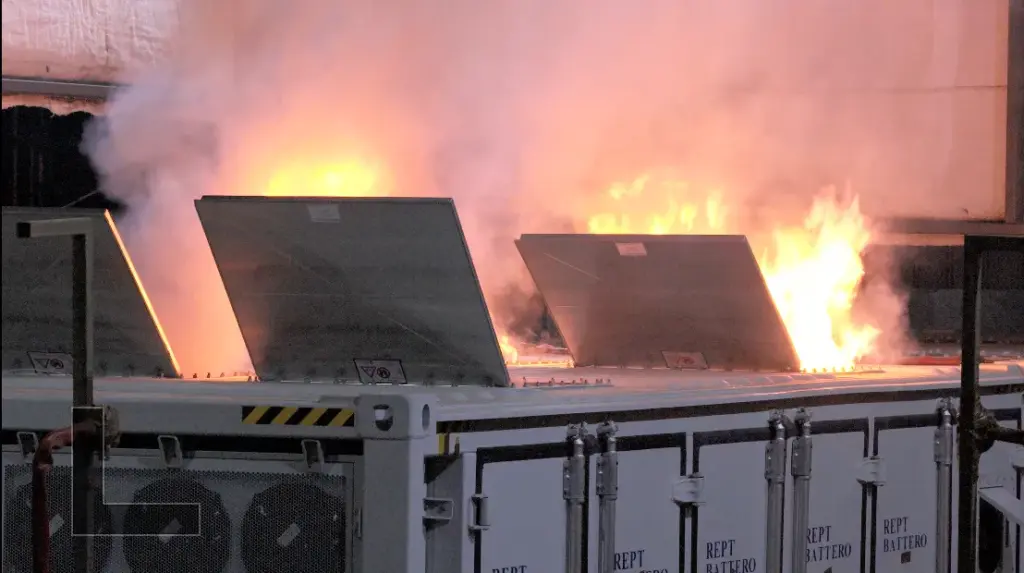
Innovative Methods for Realistic Scenario Simulation
· Composite fault scenarios with multi-factor coupling
The test initiation adopted an internal multi-point heating trigger, while simultaneously applying a 1,000°C jet flame outside the module for dual-sided thermal runaway triggering. Based on constructing a full-chain accident evolution model of “thermal runaway spread → open fire spread → continuous combustion,” typical external potential influencing factors were superimposed. This simulation not only covers single-point thermal runaway conditions but also deeply models complex early-stage fire scenarios with overlapping thermal-electric coupling factors, breaking through the limitations of conventional single-factor testing.
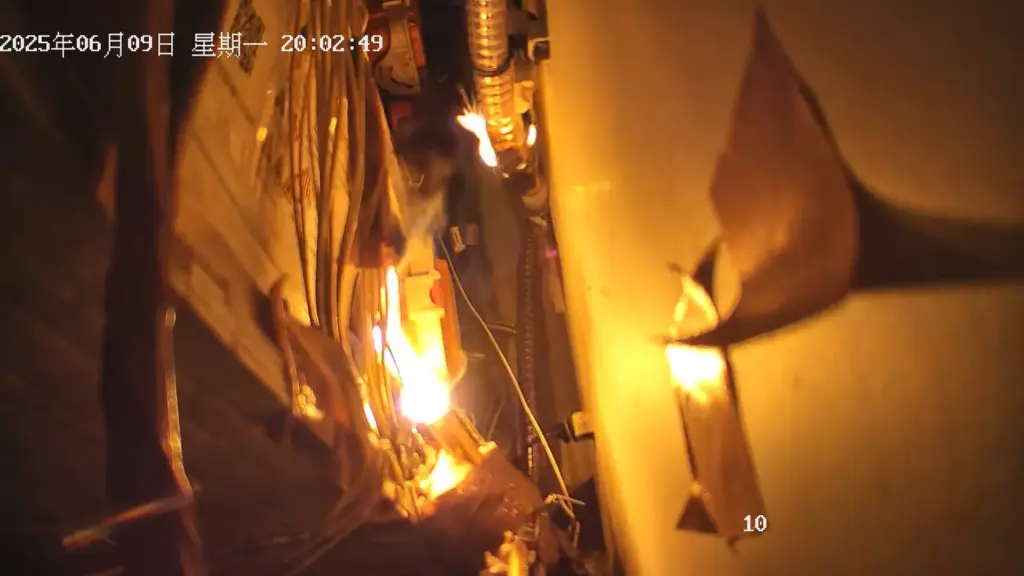
·Bottom ignition for uncertain fire development
Bottom ignition triggering in the container causes the fire to spread upward from the base, a method that exacerbates the uncertainty of fire development. As the flame climbs upward, the fire is influenced by factors such as air flow and battery arrangement, creating complex and variable combustion diffusion paths and heat flow distributions. This testing approach aims to observe the overall container suppression robustness under complex fire evolution conditions, evaluating product safety and reliability in scenarios closer to real-world harsh environments.
Post-test unpacking inspection revealed the following: All batteries in the trigger compartment were completely burned with no residues left, while the steel structure remained intact without disintegration or collapse. The adjacent compartments on the back and end sides maintained their original condition both externally and internally, with their batteries and BMS (Battery Management System) functioning normally. The fire-facing surface of the opposite adjacent compartment was charred and discolored due to smoke and heat, but its internal batteries remained intact, and both voltage data and BMS functions were normal.
In a densely arranged setup, the Powtrix energy storage system successfully confined the fire within a single unit and effectively prevented the spread of thermal runaway to adjacent compartments.
Additionally, the test featured a comprehensive deployment of over 600 temperature monitoring points, alongside precise collection of BMS data and fire monitoring system metrics. The entire process included collection and analysis of combustion-generated gases, not only accumulating valuable and comprehensive test data but also minimizing environmental impact through exhaust gas conveyance, cleaning, and filtration via collectors and pipelines. This environmental consideration was highly commended by U.S. fire safety engineering test reviewers.
